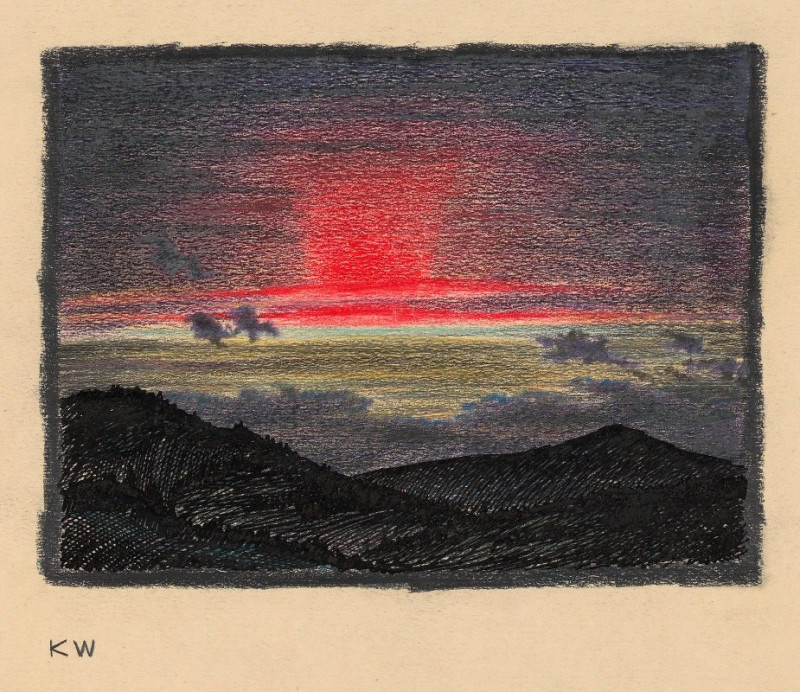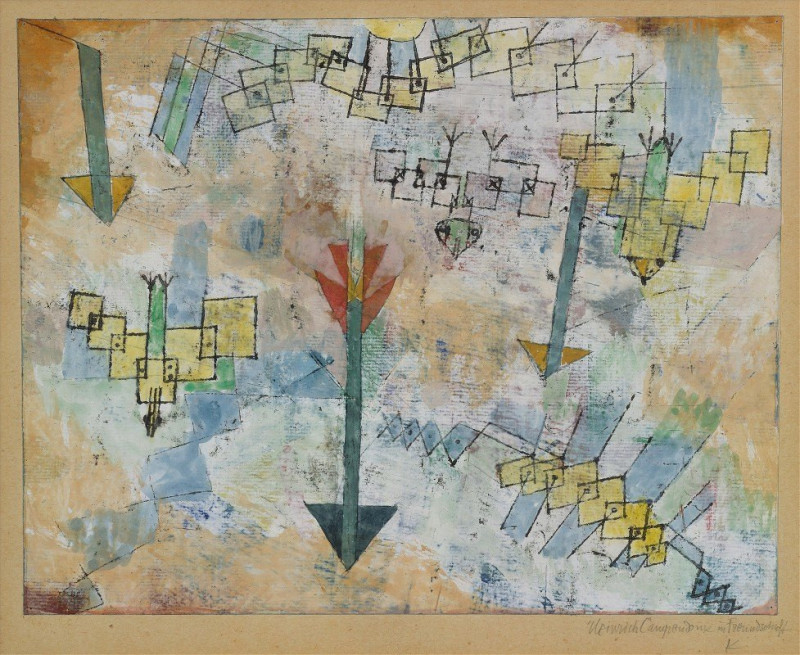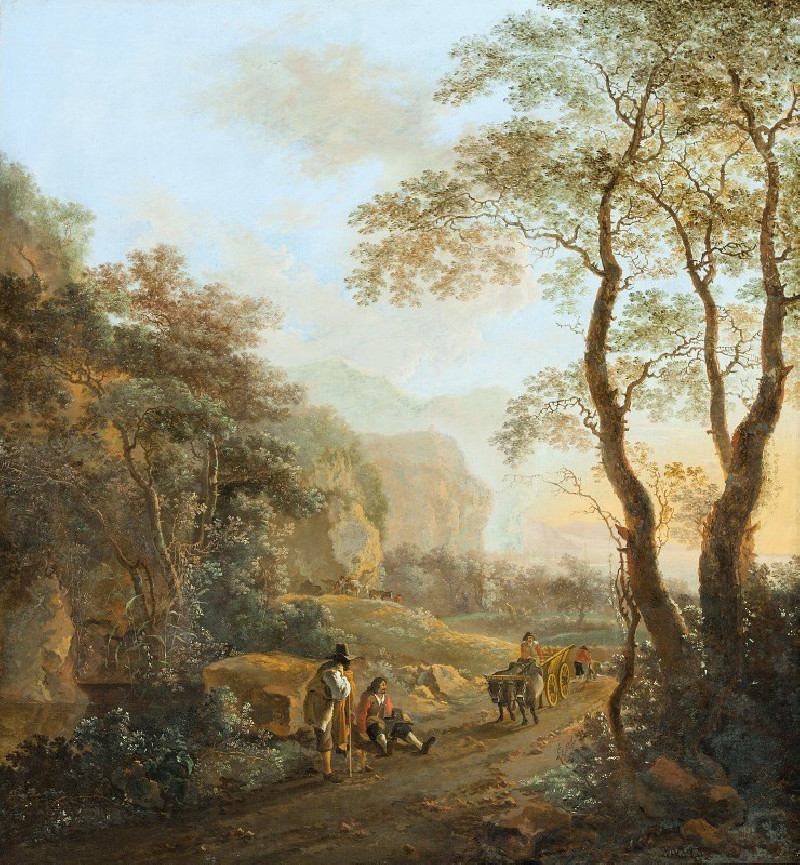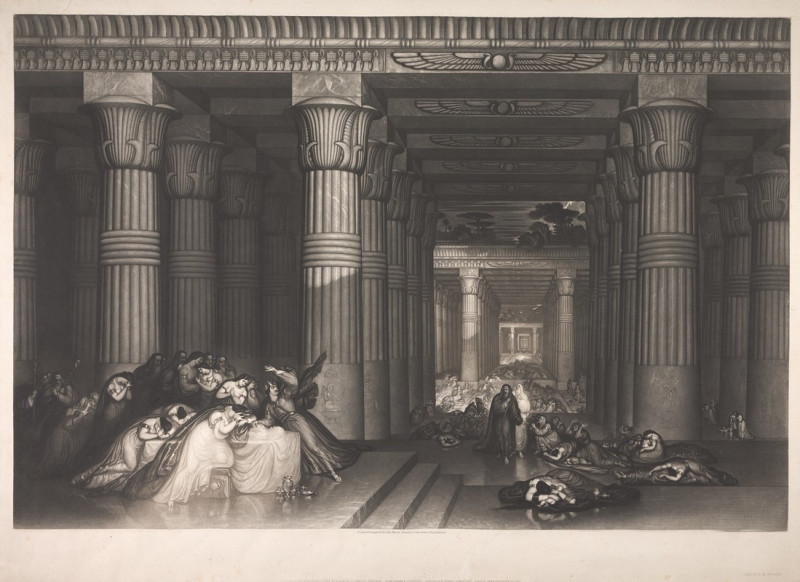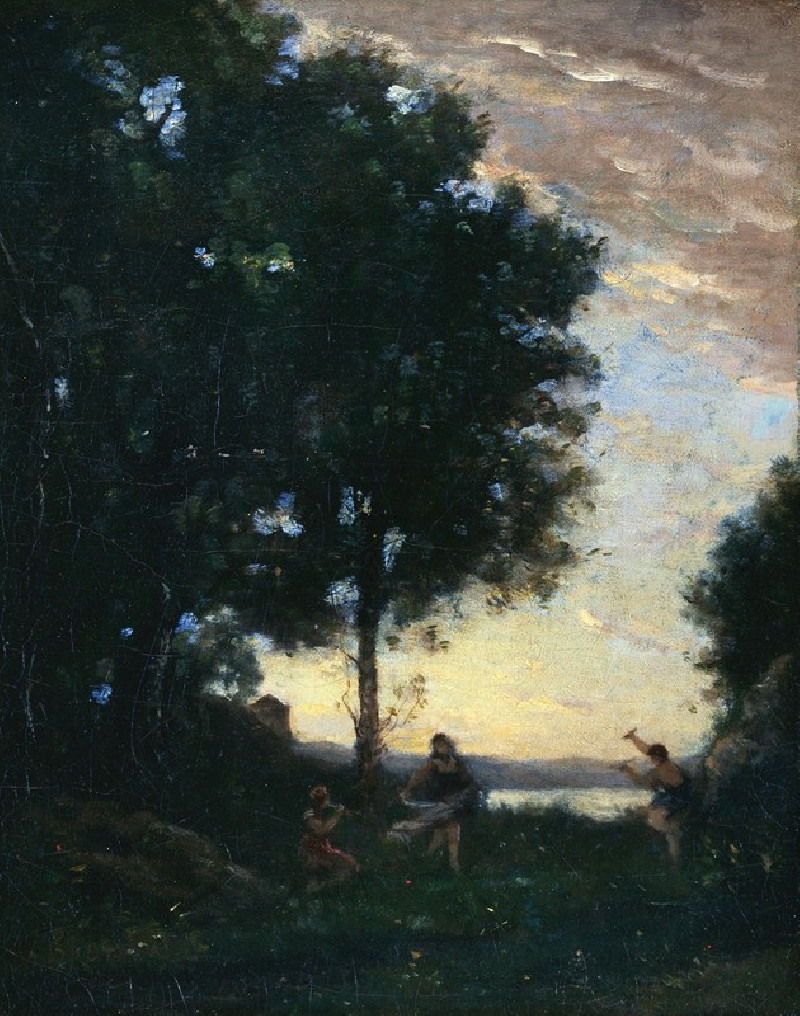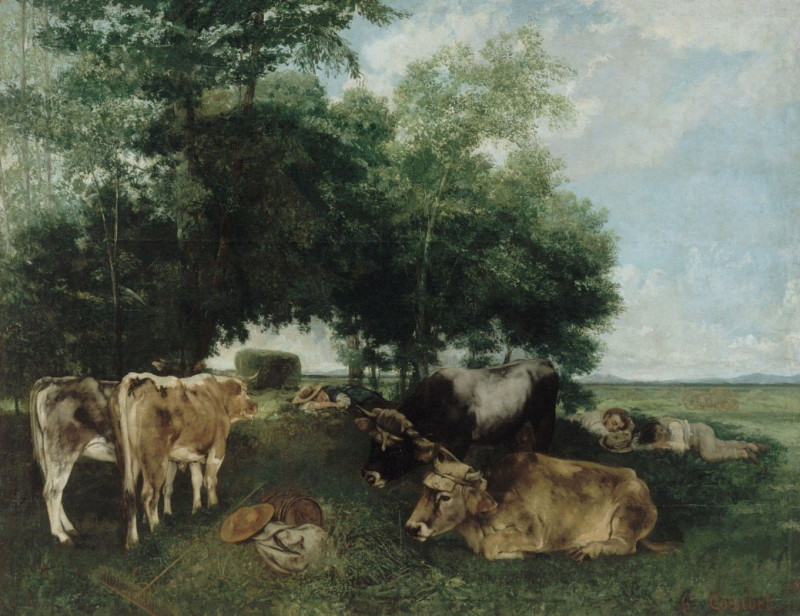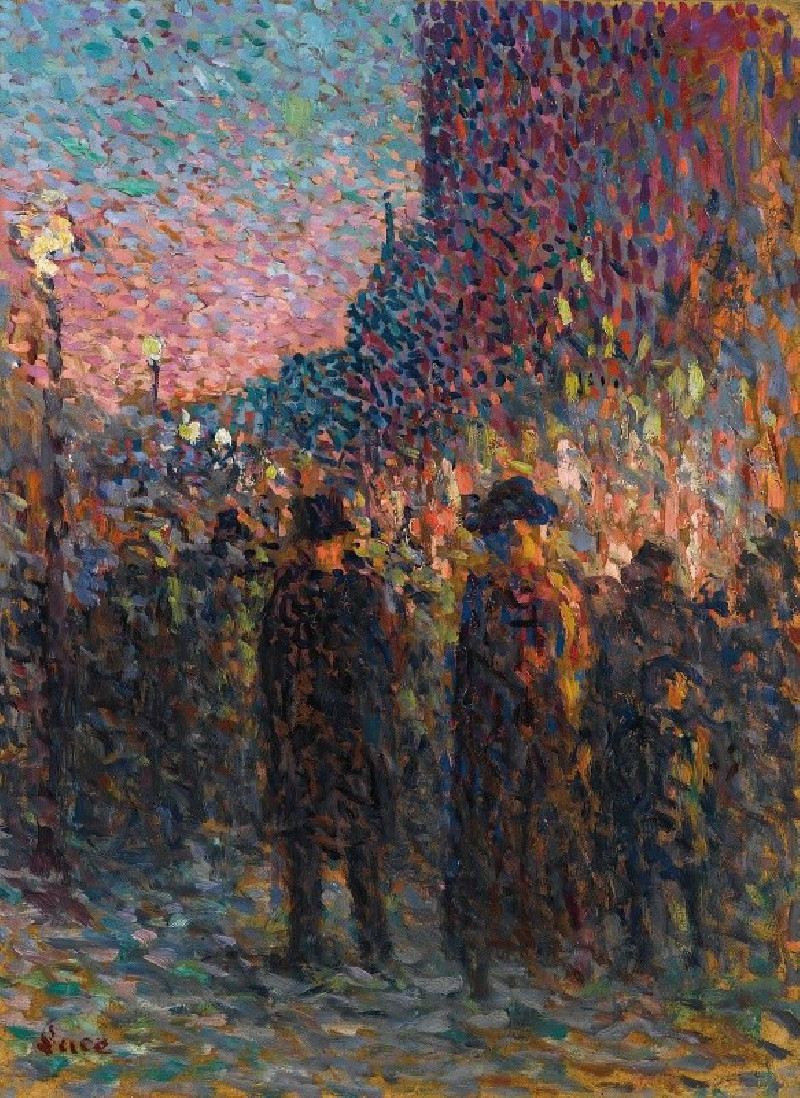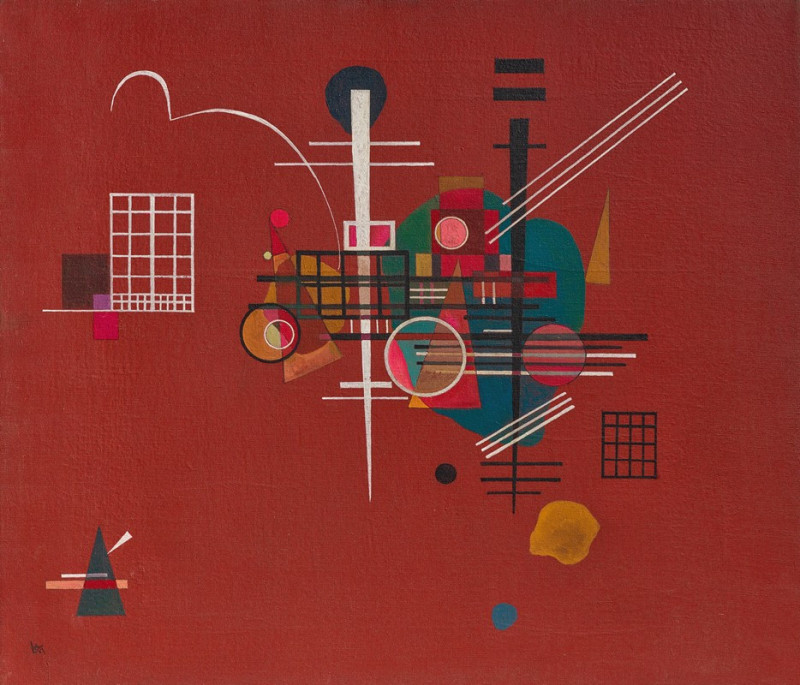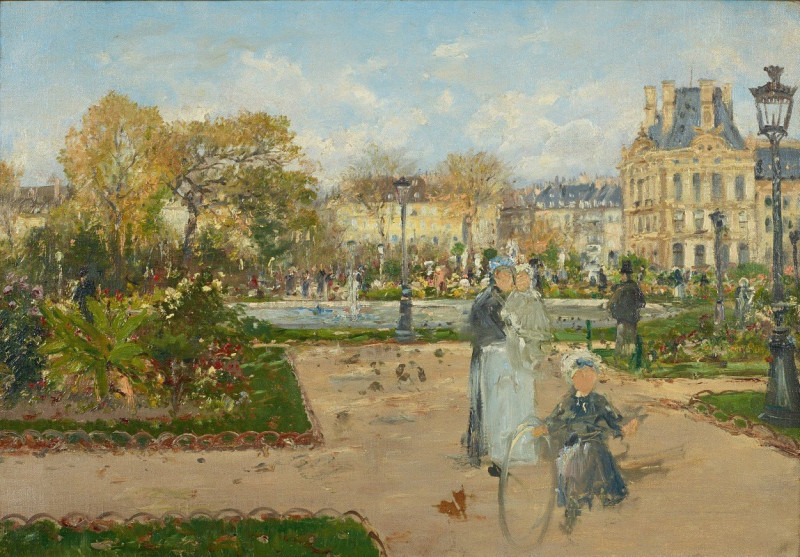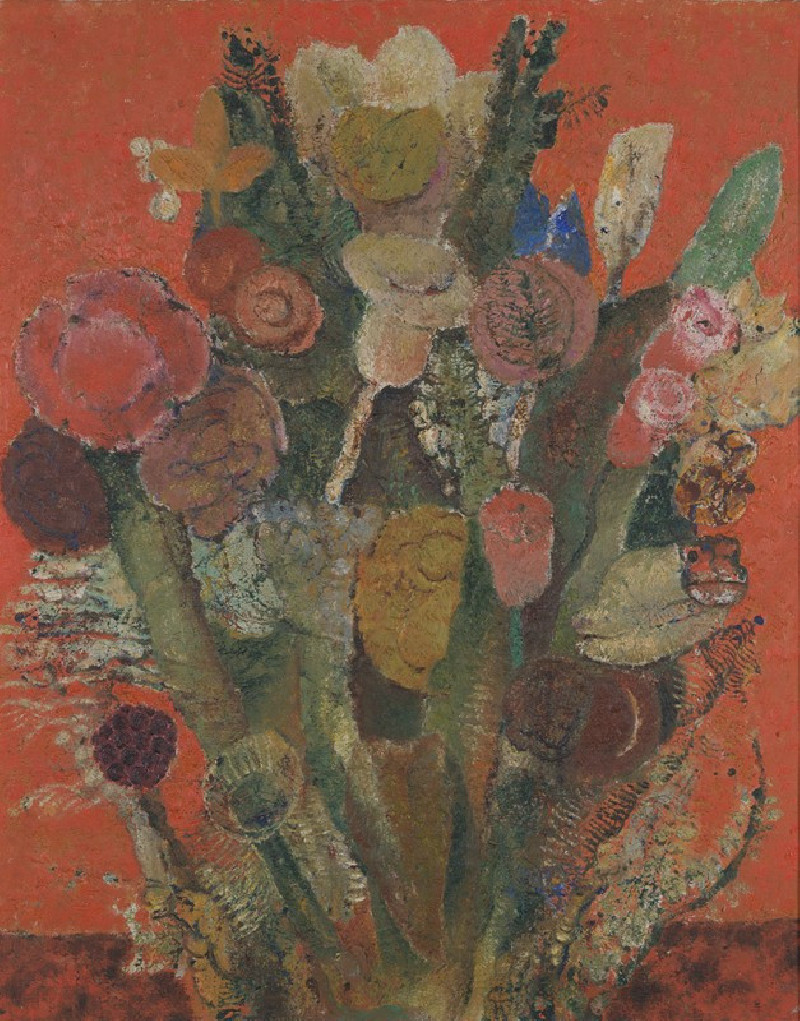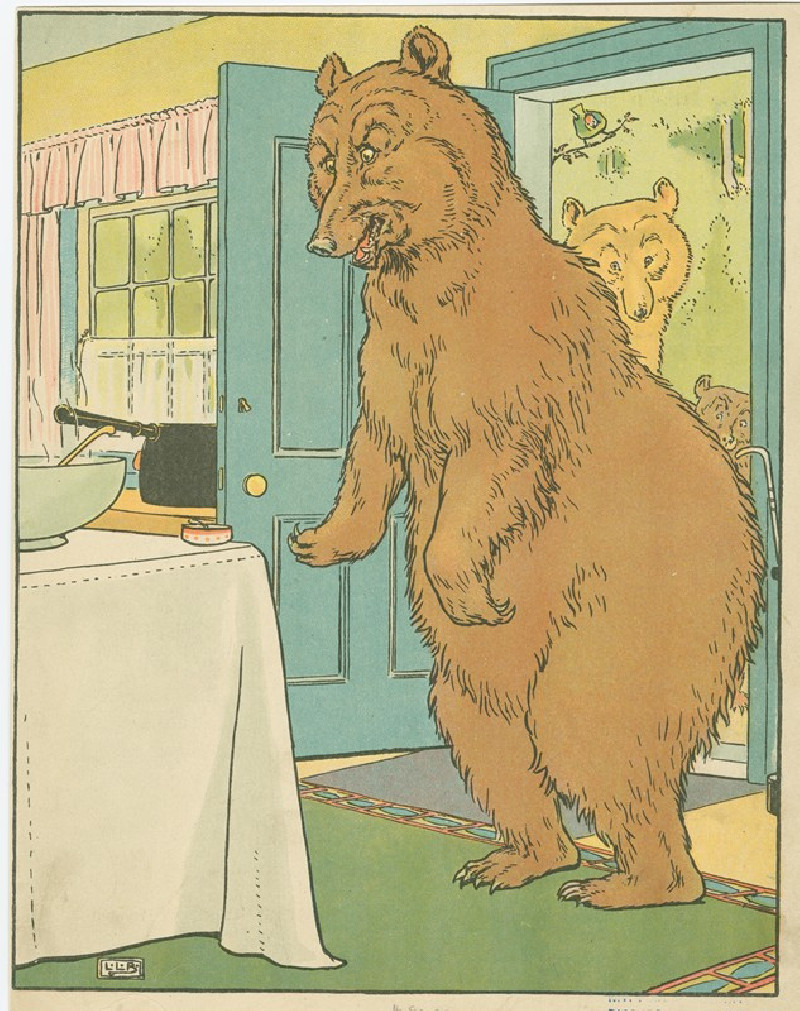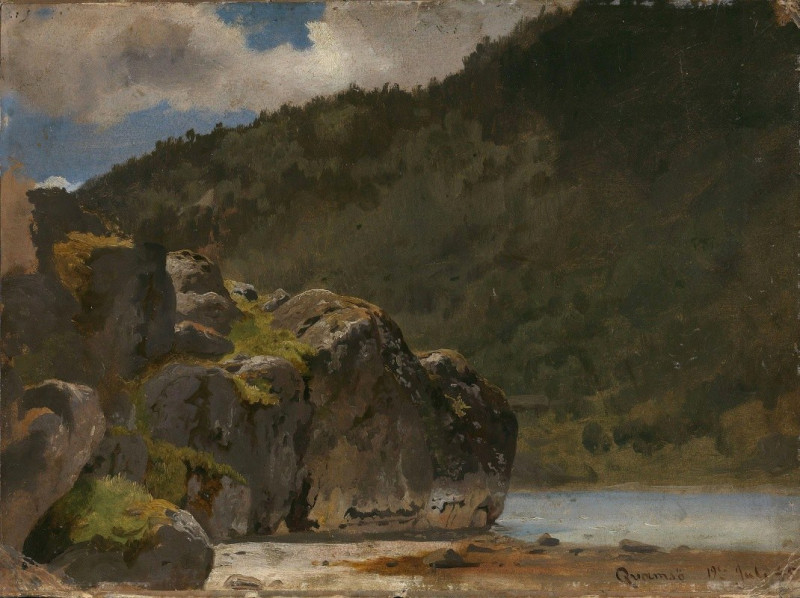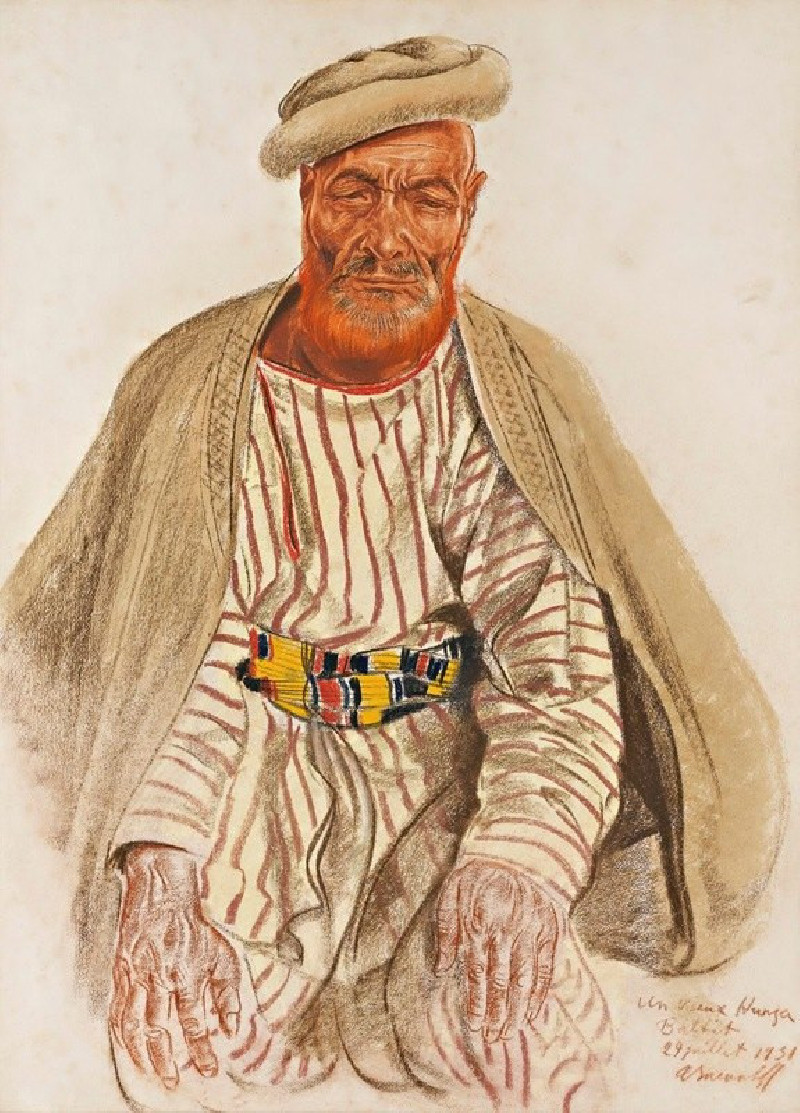Ohne Titel (Naturstudie) II (1924)
Technique: Giclée quality print
Recommended by our customers
More about this artwork
Karl Wiener's "Ohne Titel (Naturstudie) II", painted in 1924, invites the viewer into a serene landscape illuminated by the vivid hues of twilight. This evocative piece depicts a minimalistic natural scene, characterized by the stark contrast between the dark, textured outlines of mountainous terrain at the forefront and the fiery glow of the sky above. The dramatic sky transitions from deep blues to glowing reds and yellows, suggesting the intense, fleeting moment of a sunset. Below this atmospheric display, the flatland stretches calmly, punctuated only by sparse, shadowy figures of trees or shrubs.The painting's allure lies in its simplicity and the emotional depth conveyed through color and texture. Karl Wiener masterfully uses a limited palette to evoke a sense of tranquility while also capturing the profound beauty and isolation often found in nature. As suggested by its title, this work serves both as a study of nature's ephemeral qualities and as a reflection on the emotions they inspire.

